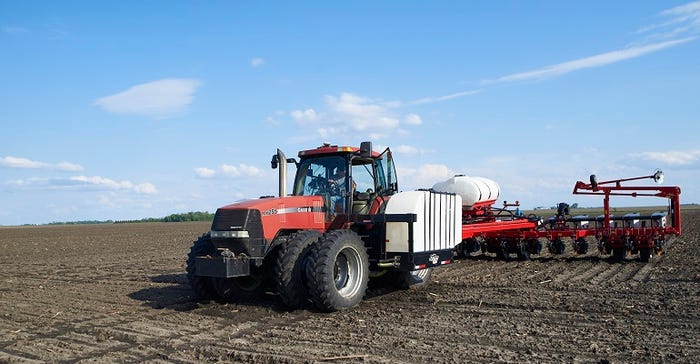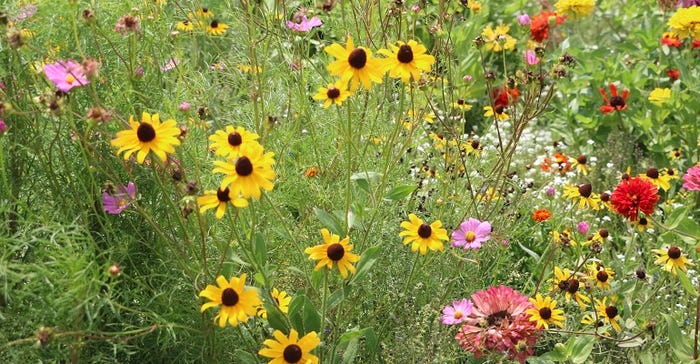January 1, 2020

Sponsored Content
Ensuring a sustainable food supply requires each of us to play our part in preserving our land and protecting pollinators. No matter your place in providing food for the planet – whether you're a farmer, beekeeper or applicator – it is everyone's job to use crop protection products responsibly, to ensure they remain on the market and continue to help farmers protect their crops.
Before using neonicotinoids and other crop protection products, follow three steps to help ensure these technologies are used responsibly.

1. Read the Label First, Act Second
Before using treated seed or other crop protection products, read the label first. These products are thoroughly tested and used widely, due to their ability to control destructive insects, their fit in Integrated Pest Management programs and their favorable human health and environmental safety profile. Any risk associated with the product is addressed by the label. Simply put, read the label of every product, every time – even if you've used the product previously. Labels are frequently updated and are a source of the most important information about a product's use.
2. Be a Responsible Planter and Applicator
With great technology comes great responsibility. Before using a product, understand the best use practices and optimal conditions for making applications. Understanding a product's purpose and how it affects the surrounding soil, wildlife, water and people are important steps in becoming a better steward. This knowledge helps all actors – including farmers, beekeepers, retailers and applicators – understand the broader use implications and increases transparency between these groups.
3. Communicate with Your Neighbors
After understanding how to use a product and its effects, communicate your planting and application plans to anybody who could be affected. Use resources such as FieldWatch® to connect with growers, beekeepers and applicators, and ensure your plans are in the best interest of the surrounding land and any potential pollinators nearby. Communication helps everybody learn more, while protecting our food supply and land.

Despite tens of millions of acres planted with treated seeds each year, reports of harmful incidents involving pollinators are rare. To help ensure pollinators, and our environment as a whole, are protected, do your part by staying informed and communicating with those around you. To learn more about product stewardship best practices, visit www.GrowingMatters.org.
©2019 Syngenta. FieldWatch® is a registered trademark of FieldWatch, Inc. and Purdue Research Foundation.
About the Author(s)
You May Also Like




